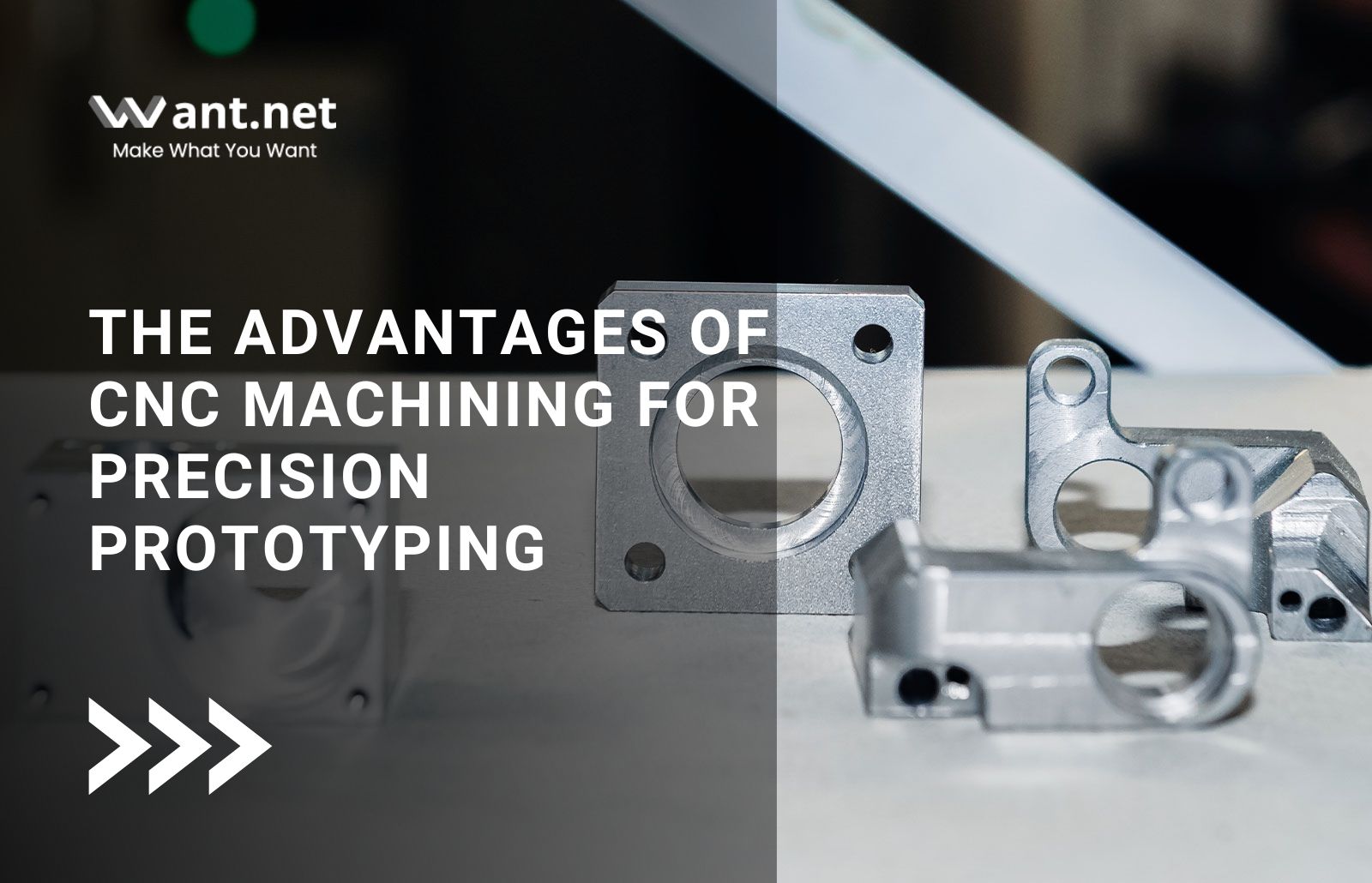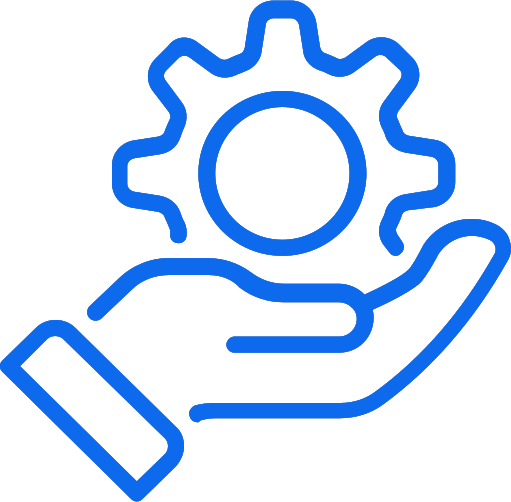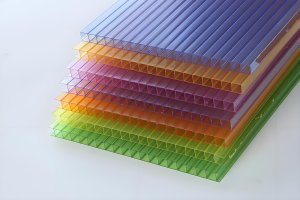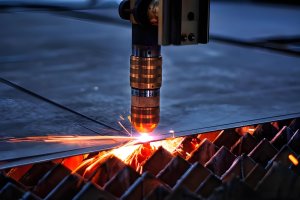When it comes to prototyping, precision and efficiency are paramount. Whether you’re embarking on the development of a new product, testing a design concept, or diving into the intricate world of engineering, having the right tools and techniques at your disposal is essential to breathe life into your ideas. This is where CNC machining takes center stage. In this article, we will delve into the advantages of leveraging CNC machining for prototyping and explore why it has become the preferred choice for manufacturers and engineers alike.
Understanding CNC Machining
CNC machining stands for Computer Numerical Control machining, which is a manufacturing process that harnesses the power of computer-controlled machines to fabricate parts and components from a wide range of materials. These machines meticulously follow specific instructions and utilize cutting tools to shape the material into the desired form. CNC machining finds its applications in a multitude of industries, including aerospace, automotive, electronics, and healthcare.
Recommended Read: Mastering the Art of 5-Axis CNC Machining
Advantages of CNC Machining for Prototyping
Unrivaled Precision
One of the most significant benefits of employing CNC machining for prototyping lies in its unparalleled precision. CNC machines possess exceptional accuracy, allowing for the creation of parts with tolerances as minute as a few thousandths of an inch. This precision is of utmost importance when it comes to developing high-quality prototypes that faithfully represent the final product. By utilizing CNC machining, you can rest assured that your prototype mirrors the finished product with utmost fidelity, thereby enabling the early detection and resolution of any issues during the development process.
Unmatched Efficiency
Efficiency stands out as another advantage of CNC machining for prototyping endeavors. CNC machines can operate tirelessly, around the clock, without requiring breaks or rest, making them remarkably efficient. This allows for rapid and cost-effective production of prototypes, far outpacing traditional machining methods. Moreover, CNC machining enables the automation of numerous manufacturing processes, thereby freeing up your team’s valuable time to concentrate on other crucial tasks.
Streamlined Workflow
CNC machining offers substantial advantages in terms of workflow optimization. Traditional machining methods often necessitate the individual creation of each part or component, resulting in a considerable investment of time and effort. However, with CNC machining, you can simultaneously produce multiple parts or components, significantly reducing the overall time required for prototyping. This expedites the development process, allowing your product to reach the market faster, giving you a competitive edge.
Versatility in Material Selection
CNC machining possesses the remarkable capability to work with an extensive range of materials, including plastics, metals, composites, and ceramics. This versatility empowers you to create prototypes using the very same materials that will be employed in the final product. As a result, your prototype accurately reflects the strength, durability, and other essential properties of the end product. This feature proves particularly crucial in industries such as aerospace and automotive, where specific materials play a pivotal role in determining product success.
Machining Tools at Your Disposal
CNC machining opens up a world of possibilities by providing access to a wide array of machining tools, such as lathes, mills, grinders, and routers. This allows for the creation of prototypes with intricate designs and complex shapes, facilitating the exploration of innovative ideas. CNC machining tools also ensure the production of prototypes with smooth and polished surfaces, imparting a professional appearance and feel to the final product.
Real-Life Examples
To gain a deeper understanding of the advantages of CNC machining for prototyping, let’s explore a few real-life examples:
Example 1: Medical Device Prototype
A manufacturer of medical devices required a prototype for a new surgical instrument. They opted for CNC machining due to its precision and compatibility with various materials. By programming the CNC machine to create the instrument’s intricate components, they were able to develop a prototype that accurately mirrored the final product in terms of size, shape, and functionality.
Example 2: Aerospace Prototype
An aerospace company was in need of a prototype for a new engine component. By harnessing the power of CNC machining, the company achieved the desired accuracy and strength by crafting the part from a specific metal alloy. The precision offered by CNC machines allowed for the realization of intricate shapes and designs that would have been challenging to achieve using traditional methods. The resulting prototype enabled real-world testing, facilitating the identification of any potential issues and allowing for necessary adjustments before proceeding to mass production.
Recommended Read: The Vital Role of CNC Machining in the Aerospace Industry
Example 3: Automotive Prototype
An automotive manufacturer sought a prototype for a new car part. They turned to CNC machining for its speed and efficiency. By programming the CNC machine to produce multiple parts simultaneously, they significantly reduced the time required for prototyping. Employing the same materials as those used in the final product ensured that the prototype accurately reflected the part’s strength and durability. This facilitated comprehensive performance testing and adjustments before initiating mass production, ultimately saving valuable time and costs.
Recommended Read: The Future of CNC Machining: Automation and Robotics
Conclusion
CNC machining offers a plethora of advantages for prototyping endeavors, including unmatched precision, exceptional efficiency, streamlined workflows, compatibility with various materials, and an extensive selection of machining tools. By embracing the power of CNC machining, manufacturers and engineers can swiftly and cost-effectively develop high-quality prototypes. Whether you are on a quest to bring a new product to life, testing a groundbreaking design, or tackling a complex engineering project, CNC machining emerges as the optimal choice for achieving precise prototyping.
Learn more machining guide here.






